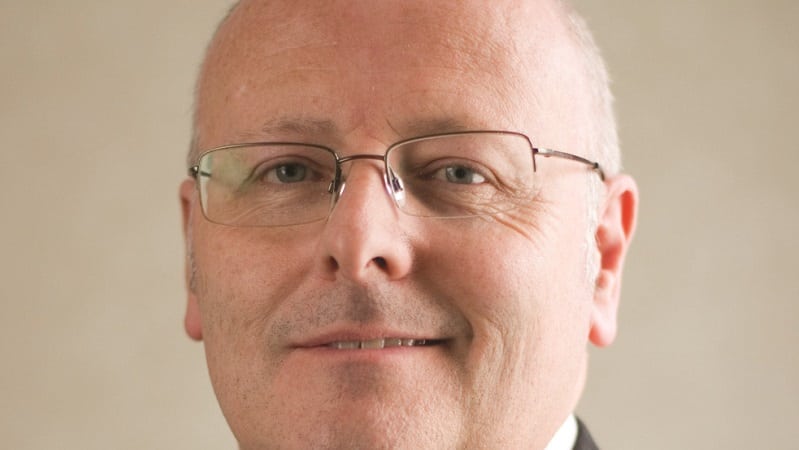A study by Aegon among 250 UK advisers has revealed advisers are placing more than a third of clients (37.5%) with an investment pot of under £100,000 into multi-asset funds, while only 15% of wealthier clients, those with more than £200,000, are being directed this way.
Furthermore, just 13.5% of clients with modest wealth are being put into in-house model portfolios compared with almost 30% for wealthier clients.
And the use of discretionary fund manager (DFM) portfolios follows this pattern, with this strategy used for less than 10% of a sub-£100,000 client portfolio but more than 14% of a client with more than £200,000.
Nick Dixon, investment director at Aegon, says: “The variation shown in our research highlights that, while firms of all sizes value reduced administration inherent in multi-asset funds, smaller firms are more comfortable delegating fund selection and asset allocation to external specialists.
“Larger-sized firms are increasingly adopting centralised investment propositions which they can operate efficiently at scale, improving their client experience and raising overall fee revenue.”
Horses for courses
For Peter Lowman, chief investment officer at Investment Quorum (IQ), it is very much as case of “horses for courses” and at his firm £100,000 is not seen as a benchmark amount to qualify for model portfolios.
He says it depends a lot on the individual client’s circumstances. For instance, an individual might be worth £100m, but has been deemed ‘cautious’ by the team’s wealth profiling team and might choose to invest £50,000. While this is under £100,000, his firm might still decide to take the individual as an in-house client in one of its eight risk-adjusted models.
He explains: “We know if we do a good job for them then chances are we might get £4m or £5m down the line, so in that situation we might put them into our multi-manager and hope that comes up trumps because if that product fails then we would lose them as a client.”
But Lowman (pictured) says size can be a factor and sometimes an external multi-manager will be better suited to a client with lower wealth, especially when IQ supports the multi-manager’s style and process.
“If you do have £50k and we feel we are going to take on an element of risk and we find an [external] multi-manager better suited to you, then it could be we take that route. But we don’t say, ‘It has to be £100,000-plus to get into our models’.”
Lowman also says changing lifestyle situations, such as having children, funding university or moving into retirement, mean an individual’s investment strategy could change two or three times throughout their life. How an individual starts their savings journey might not be how they finish it, he adds.
First stop: multi-asset
Gary Waite, co-manager on the Walker Crips Alpha:r2 range, says Aegon’s research is entirely consistent with his experience of working with clients as he typically sees IFAs segment on value.
However, his fund range has no minimum investment amount and clients with no special circumstances are more than likely to be in the same portfolio as a high net-worth client because the portfolios represent their best ideas.
He says a lot of IFAs will start with a multi-asset fund before graduating their clients to models and then bespoke portfolios as their wealth grows.
“Multi-asset funds are the first step in the process. If you have £1m it is probably not advisable to put that in a multi-asset fund, but if you have £20,000 it is reasonable to say this is the first step in the investment process.”
Waite says looking at it from the IFA’s perspective in a post-RDR and Mifid II world, dealing with multiple clients with relatively small pots is expensive and time consuming from a discretionary basis, which explains why a multi-asset fund makes sense.
Aegon’s research also found firms with less than £5m in assets under advice (AUA) allocate 41% of assets to multi-asset funds, compared with 21.5% for firms with more than £100m under advice.
Waite adds: “For the IFAs we work with, their USP is client relationship and doing the wealth planning so to maximise the time with the client either they can do the wealth planning and outsource the investments or do both.
“Our point of view is every minute spent on investment is a minute you could be spending with the client to understand their needs.”
Go passive
Andrew Herberts, head of private clients at Thomas Miller Investments, says there is a point at which running a separate portfolio become inefficient for everyone involved, particularly when fixed dealing costs are involved rather than basis point dealing costs.
He says historically Thomas Miller used multi-asset portfolios for smaller clients but that has been superseded by a passive proposition which lowers costs and eliminates the dealing costs dilemma.
“It comes down to what you are trying to achieve for a smaller client starting to build a portfolio,” he adds. “The key for them is cheap access to the market. So, we can do a passive portfolio cheaper than a multi-asset portfolio for the client, we can accommodate relatively small monthly contributions and the client gets access to the market which at that stage is the most important thing – and it is easy for us to run.”







